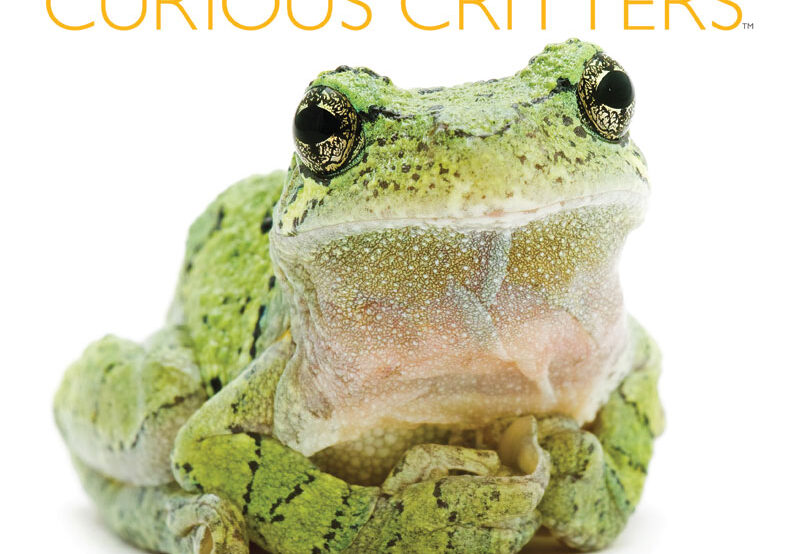Butte Environmental Council (BEC) is a nonprofit based in Chico, CA whose mission is to protect and defend the land, air and water of Butte County and the surrounding area through action, advocacy and education.
R.A.R.E. teaches responsible waste disposal
One of BEC’s many exceptional and free educational programs, R.A.R.E (Recycling and Rubbish Education), introduces youth ages 6-11 to the solid waste stream and the importance of disposing of waste in responsible ways. Through the 4 R’s – Reduce, Reuse, Recycle and Rot – students learn about the beginnings and ends of our natural resources through a 45-minute composting workshop, recycling workshop and/or a landfill field trip. Each workshop is tailored to grade level and concludes with an action-based activity such as creating a classroom worm bin.
The R.A.R.E. program makes learning about our environment and ways to leave a smaller footprint on our environment fun for kids of all ages. “The presenters were very knowledgeable and professional,” says teacher Jamie C. “They made the information fun and engaging!! Great job!!” Camp Leader Wendy M. says, “The worm bin was so cool, the kids learned so much about worms, caring for them, the benefits they offer and learned ways we can help improve our own worm bin.”
To find out more information and sign up for a R.A.R.E workshop, visit becnet.org/youth-programs, call the office at (530) 891-6424 or email the R.A.R.E coordinator at rare@becnet.org.
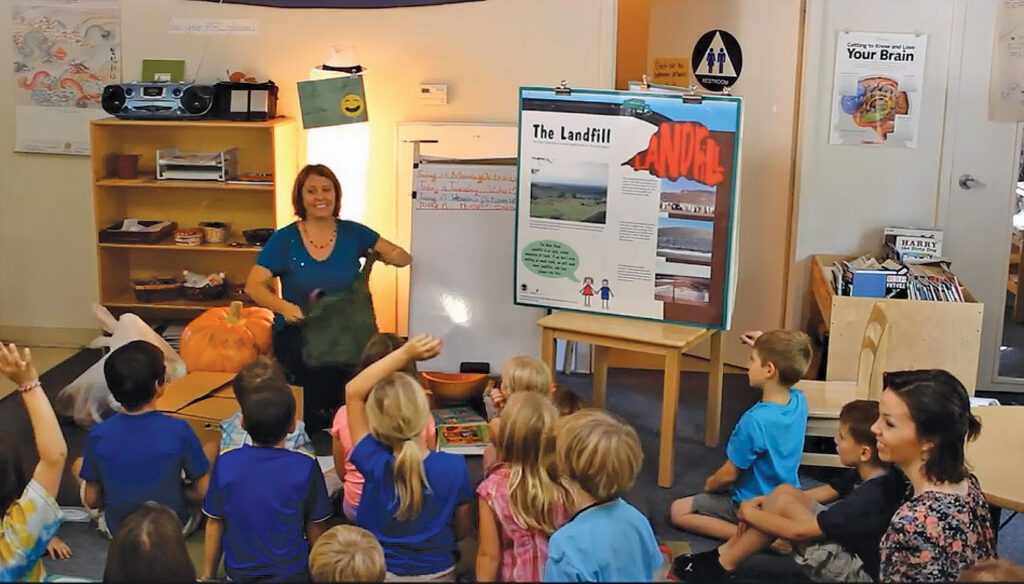
Butte Environmental Council’s R.A.R.E. program teaches kids ways to leave a smaller footprint on the environment through fun activities like building a worm farm. Photo credit: Butte Environmental Council.
Make your own worm bin
Do you want to make your own compost worm bin at home? It’s a great way to make use of household food scraps, its easy and doesn’t require much space.
Here’s how:
Tools and Supplies:
- Heavy plastic 3-gallon container
- Drill
- Paper product (such as newspaper or shredded paper)
- Food scraps (No onion, garlic, citrus, meat, sugary foods or dairy)
- Worms for the worm bin. We recommend Red Wiggler worms. We purchase ours from Butte Valley Supply (Earthworm Soil)
- Damp soil
- Spray bottle
- Room temperature water
Instructions:
- Drill 6 evenly spaced holes in the lid of the container.
- Add a thin layer of paper product to the bottom of the container.
- Spray just enough water on the paper so that it is slightly damp.
- Add food scraps to the bin on top of the paper product.
- There is no need to shake, turn or mix the layers.
- Cut food scraps into small pieces, especially thicker scraps, such as banana peels or eggshells.
- Add another, slightly thicker layer of paper product to the bin, spraying this layer with water so it is slightly damp. This top layer of paper prevents unwanted insects.
- Lastly, add in the worms and let them get to work!
Common issues:
- The worms are drying out and dying. – Make sure to spray your bin with water 3-5 times a week, keep the lid on, placing your bin in a cool, dark place, inside and don’t add foods with salt, onion, garlic or citrus (raw or not).
- The bin stinks. – Compost should smell earthy and rich like damp soil. Do not add ANY meat, dairy, or sugar products of any kind to the bin. These do not break down well in such a small system and the worms have trouble processing them. Make sure you add a thin layer of brown material over any food scraps that you place in the bin. This brown material keeps the smell of freshly rotting produce down.
- There are ants and/or fruit flies all over my bin! – Brown material (paper towels, hay or grass clippings) should be added every time food scraps are added and the food scraps should be broken down into tiny pieces.
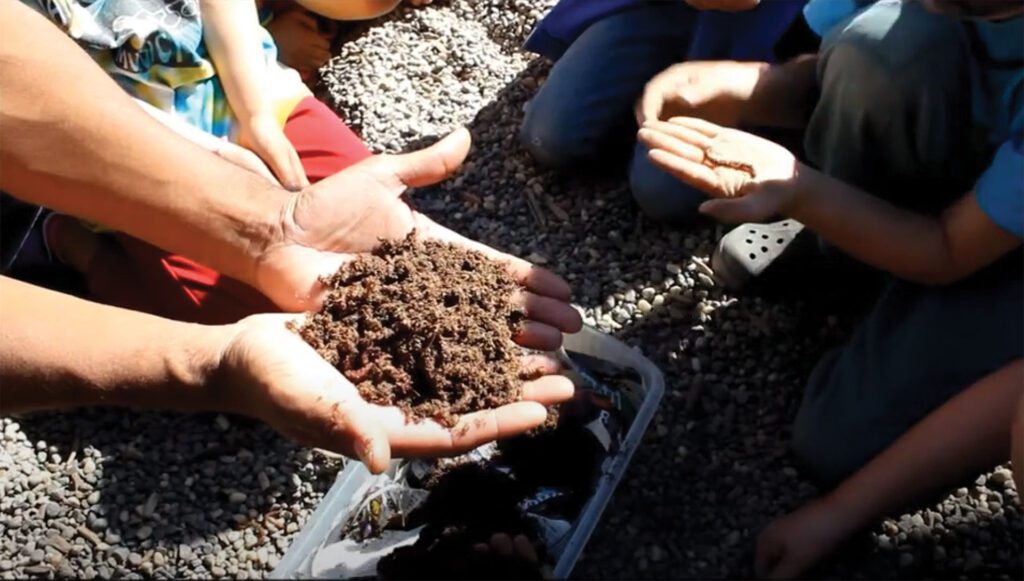
Posted in: Education, Science & Nature
Comment Policy: All viewpoints are welcome, but comments should remain relevant. Personal attacks, profanity, and aggressive behavior are not allowed. No spam, advertising, or promoting of products/services. Please, only use your real name and limit the amount of links submitted in your comment.
You Might Also Like...
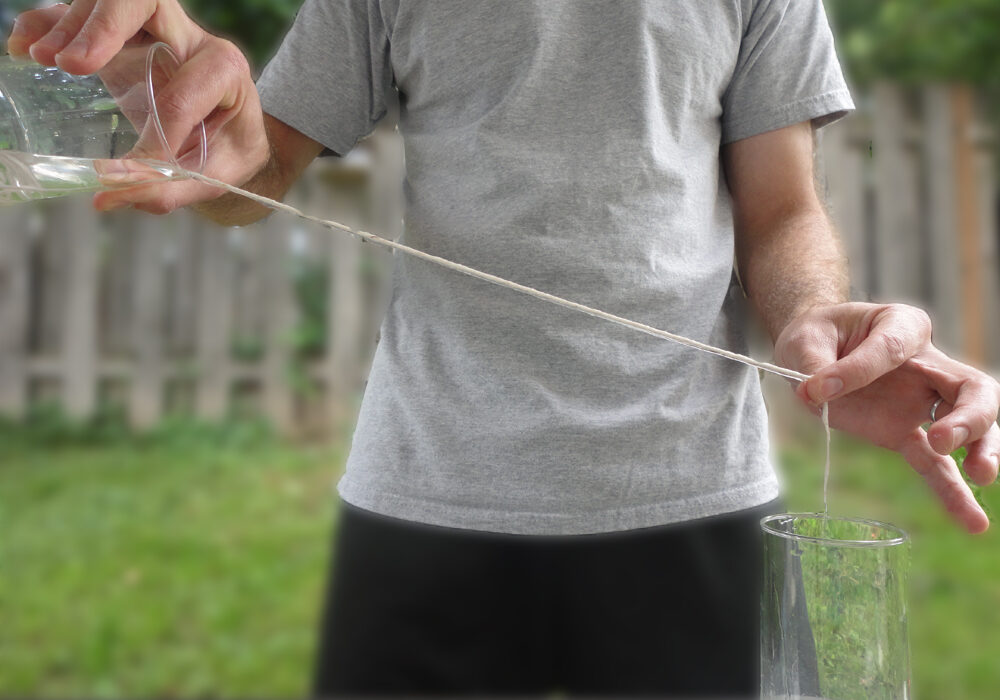
Simple Science Experiments: Pouring Water Down a String
Sometimes you just have to pour water from one container into another, simply by using a string. Well, maybe not, but this is a cool experiment that makes you wonder […]
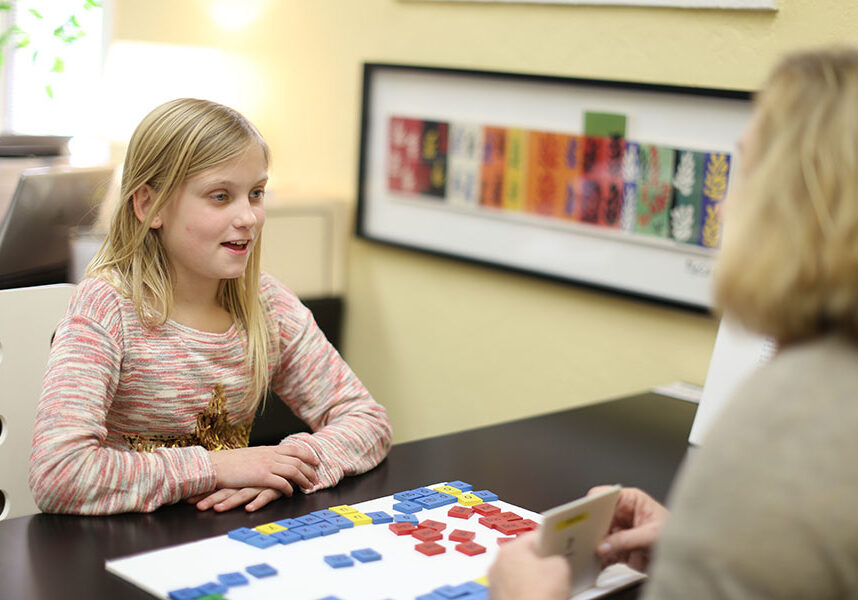
Working Memory And The Learning Brain: What It Is and Why It Matters
Working with a child as he learns a new skill can be a rewarding experience for a parent or teacher. It can also be one filled with unexpected challenges, requiring […]
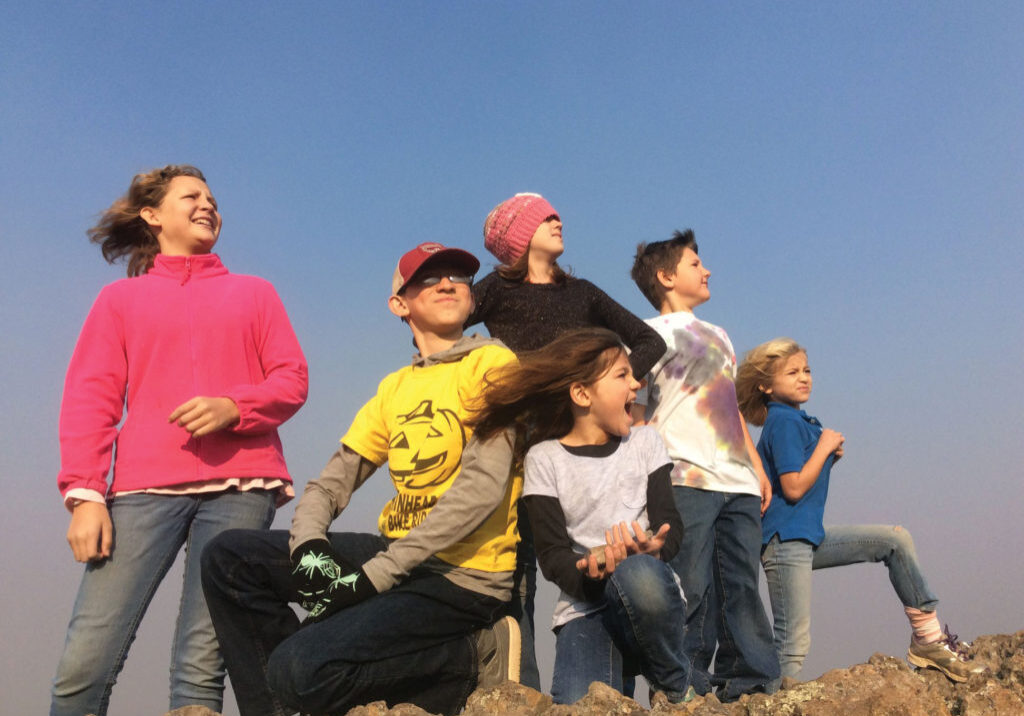
Whittenberg Country School – An Old-Fashioned School In The 21st Century
Zach Whitten’s day-to-day operations at Whittenberg Country School look like a scene from Louisa May Alcott’s Jo’s Boys. Every school morning is awash with an exciting spectrum of possibilities for […]
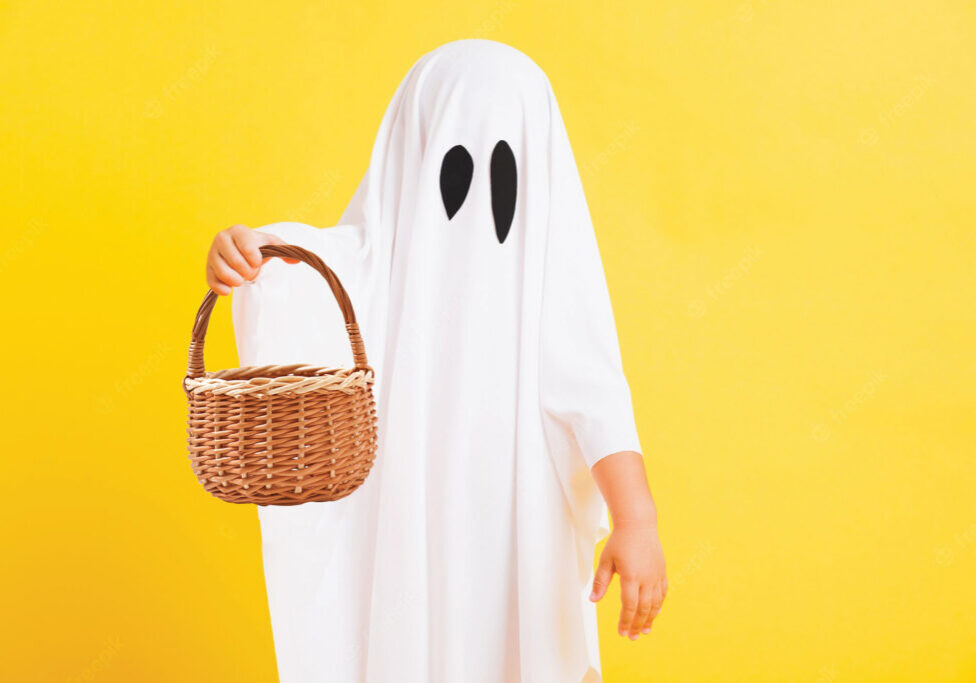
Don’t Get Spooked By Halloween Plastic
Getting dressed up in silly costumes and indulging in tasty treats is a blast at any age, but the Halloween fun often comes with an environmental price: Plastic trick-or-treat bags, […]


